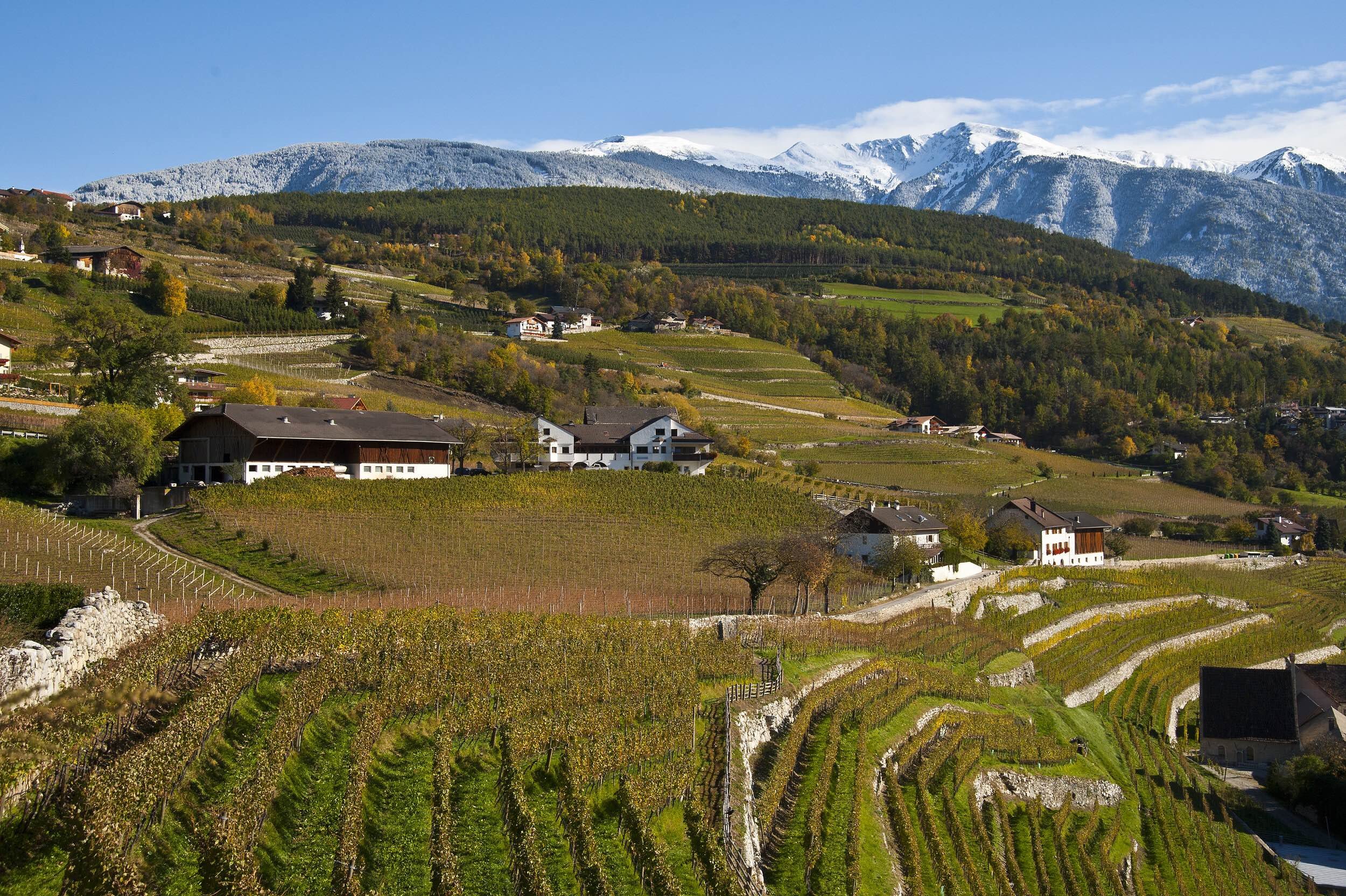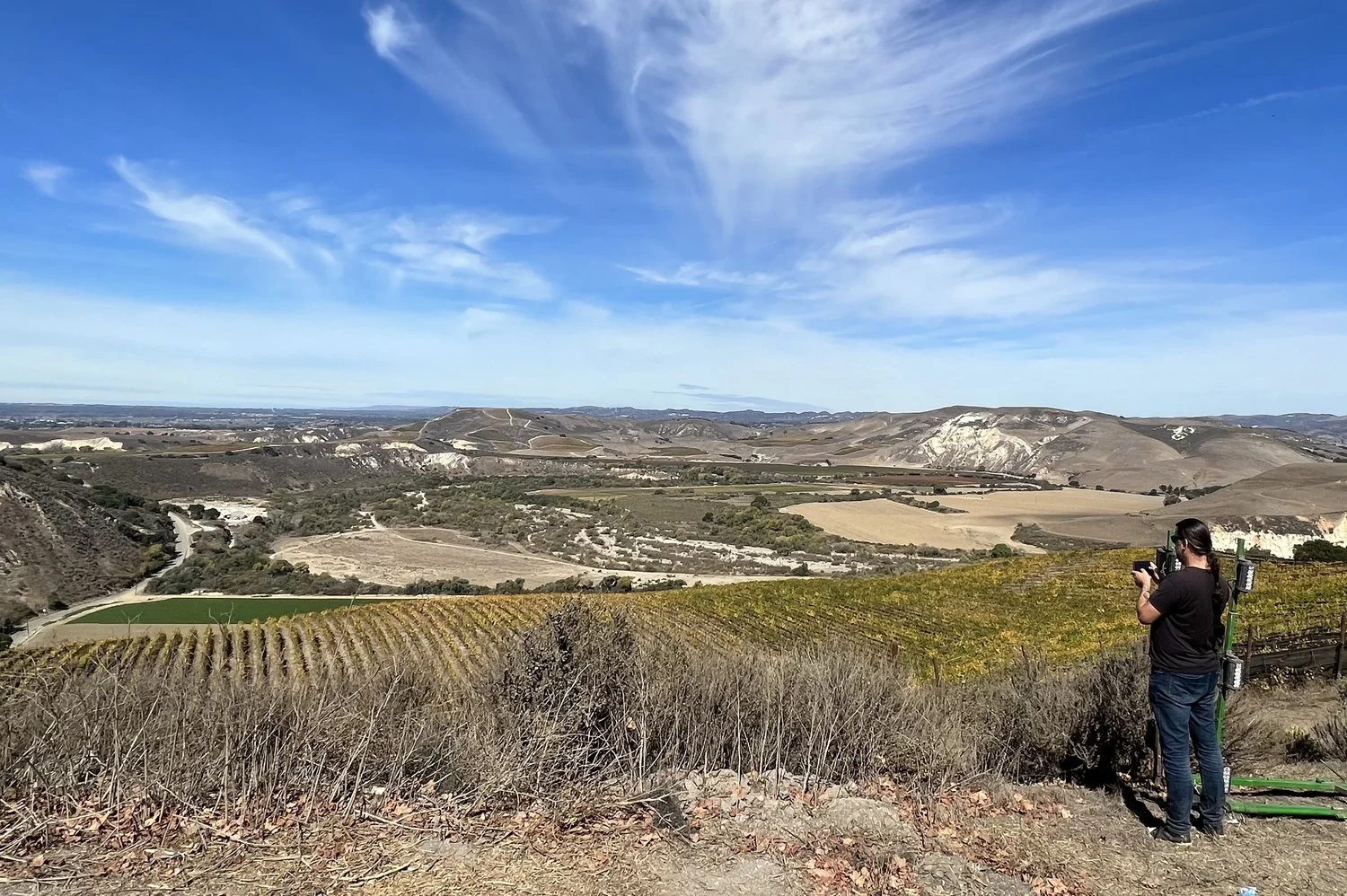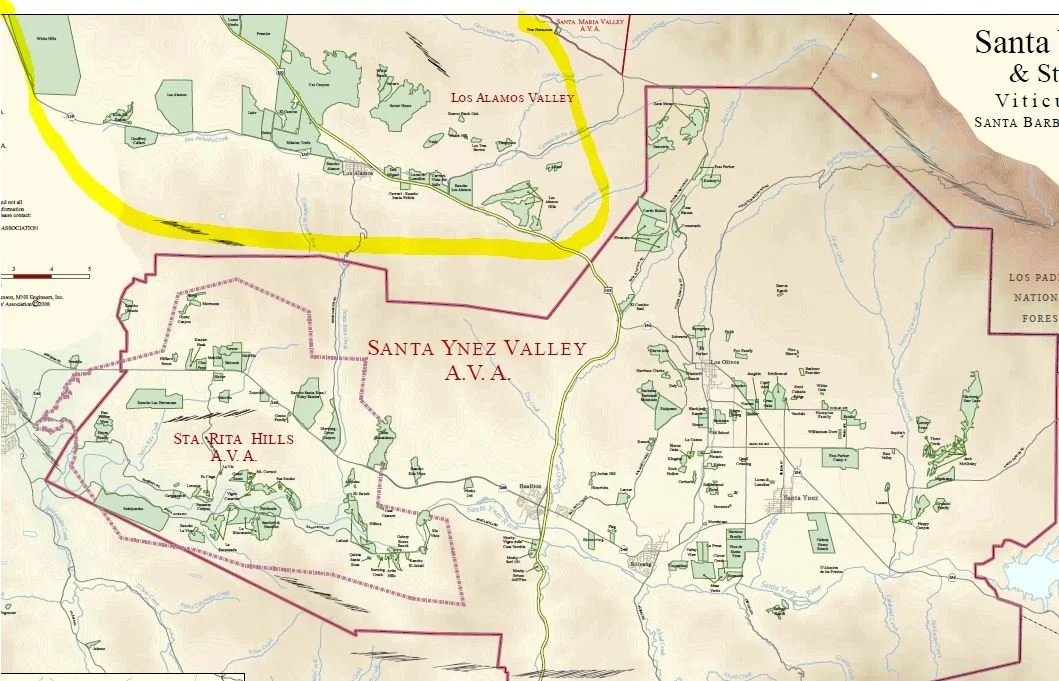What is an “alpine wine,” you might ask? Literally, that term refers to wines from the French, Swiss, and Italian wine regions that hug the Alps mountain range, but stylistically it refers to wines that are brighter and generally lower in alcohol than warmer climate and lower altitude wines. Crisp and clean Pinot Grigios, racy and aromatic Pinot Blancs, and lighter-bodied Pinot Noirs are all examples of alpine-grown varietals, many of which reflect the freshness of the cool mountain air in the glass. If I had to choose a single word to describe them, it would be “elegant.” The cool nights and longer growing season along the alpine peaks and valleys result in wines with more vibrance and acidity.
The Vinous article I referenced in yesterday’s post describes the Alto Adige as a region of cooperatives and growers, which is an important point to understanding today’s featured producer: Erste + Neue. The name comes from the 1986 merger of the first co-op cellar in Caldaro (Erste), founded in 1900, and the newest (Neue) co-op cellar after the Alto Adige founded in 1925. Cooperatives are winemaking facilities that are co-owned by growers and vineyard owners in the region, allowing them to share production costs and pool resources to create greater scale. They account for a gigantic percentage of old world wines, and as much as half of the wine made in France. Whereas in the past, cooperatives were perhaps focused more on volume than a unique and terroir-driven character, today that’s changing. Erste + Neue is exhibit A.
Erste + Neue’s enologist Gerhard Sanin favors the bright and restrained winemaking style that shows the true character of Alto Adige alpine fruit, allowing the varieties to shine. Their white wines include Sauvignon, Pinot Bianco, Pinot Grigio, an excellent Müller Thurgau, and a number of reds, but it’s the inexpensive White Peak field blend that really rocked my world this year. A blend of Sauvignon Blanc, Pinot Bianco, and Chardonnay, each of which is fermented individually, then blended together for a fresh, racy, and refreshing Italian white, it’s hard to believe we can charge just $13.99 for something so delicious. The team from Vinous agrees:
90 POINTS: VINOUS - The 2020 White Peak lifts from the glass like a burst of alpine air, with a display of savory herbs, crushed rocks and hints of lime. This is soft textured yet wickedly fresh, focused on citrus and mineral tones but with a pleasant inner sweetness to balance. The White Peak finishes finessed with a lingering twang of tart lemon. This is a zesty blend of Pinot Bianco, Chardonnay and Sauvignon that ferments with whole bunches and then refines on the lees for four months in stainless steel tanks. - Eric Guido
If you need an intro to both the alpine style and the Alto Adige as a region, this is where you start.
-David Driscoll













